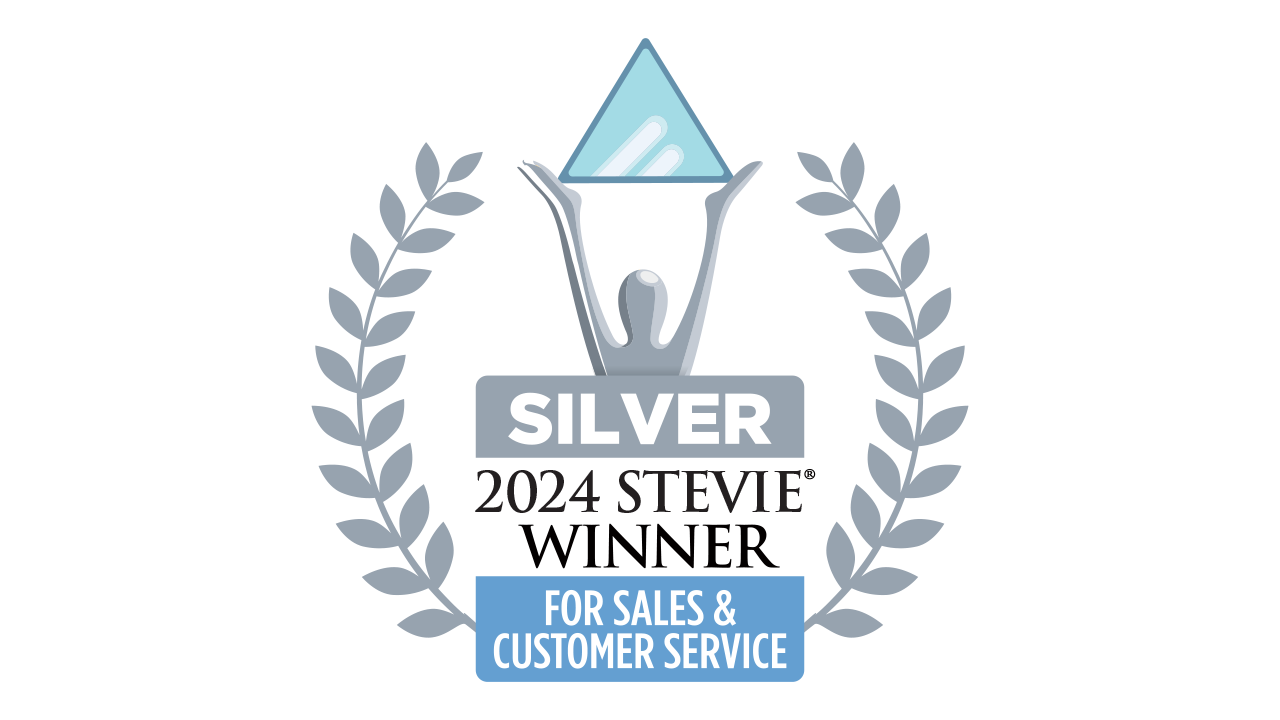ONTAP Hardware
- Home
- :
- ONTAP, AFF, and FAS
- :
- ONTAP Hardware
- :
- FAS2240 Aggregate and RG Config?
ONTAP Hardware
- Subscribe to RSS Feed
- Mark Topic as New
- Mark Topic as Read
- Float this Topic for Current User
- Bookmark
- Subscribe
- Mute
- Printer Friendly Page
- Mark as New
- Bookmark
- Subscribe
- Mute
- Subscribe to RSS Feed
- Permalink
- Report Inappropriate Content
About to pull the trigger on a "FAS2240-4, 24x2TB, Base", but I'm really having trouble understanding how this system could be carved up in a NetApp world for optimal performance. I realize they are SATA drives spinning at 7.2K so I'm limited, but can someone please give me a real world example of how you would setup Aggregate(s) and Raid Groups to make this box as "fast" as possible? This will primarily be used as shared storage for a vSphere cluster and a modest MS SQL cluster.
Thanks!!
- Mark as New
- Bookmark
- Subscribe
- Mute
- Subscribe to RSS Feed
- Permalink
- Report Inappropriate Content
The first consideration is whether to have a separate root aggregate or not. There have been some really good discussions on this community. Most of us agree that for a smaller system the edge case of why to have it doesn't make sense. Typically, you want 2 spares at minimum for maintenance garage (the ability to test a failed drive to see if transient or a real failure)..ONTAP is very proactive about drive health and will pre-fail a drive by copying it (saves time over a full raid rebuild), but depending on how many disks in the system you could go with 1 spare which can make sense if you need the additional usable from that drive.
The best practice is to have all even sized raid groups... so if you have 48 drives... you could go with 2 raid groups of 22 (20D+2P) and leave 4 spares for example (max for sata is 20, but an option to override to 22). There is also a consideration if you should keep both controllers symmetric with the same number of disks. On a system with 12 disks for example, that leaves 6 per controller and some find that going assymetric (9 on node1 and 3 on node2) can give better performance since it is spindle bound instead of CPU bound.
Please post the total drive count and drive size and you will get some recommendations...not all will be the same, but there are a lot of really sharp NetApp people on here and makes for a good discussion and options. From your initial post I likely would create one aggregate per controller using all even sized raid groups (or a single raid group) and get the most data drives possible in one aggregate. VMware and SQL workloads will be random and the more SATA spindles in the aggr the better.
- Mark as New
- Bookmark
- Subscribe
- Mute
- Subscribe to RSS Feed
- Permalink
- Report Inappropriate Content
Thanks Scott, It's a FAS2240 with (24) 2TB drives. Do all 2240's come with dual controllers? Here's the exact part list. >
| 1 | FAS2240-4-R5 | |
| 1 | SW-2240-ONTAP8-P | SW,Data ONTAP Essentials,2240,-P |
| 1 | SW-CIFS-C | SW,CIFS,-C |
| 1 | SW-FCP-C | SW,FCP,-C |
| 1 | SW-ISCSI-C | SW,iSCSI,-C |
| 1 | SW-NFS-C | SW,NFS,-C |
| 1 | X5526A-R6 | Rackmount Kit,4-Post,Universal,R6 |
| 1 | FAS2240-4-24X2TB-R5 | FAS2240-4,24x2TB,Base |
| 4 | X800E-R6 | Power Cable North America,R6 |
| 1 | CS-A2-NBR | SupportEdge Standard Part Replace NBD |
| 1 | SW-NOC-CORE | SW,NetApp OnCommand core |
| 1 | SW-NOC-INSIGHT-REPORT | SW,NetApp OnCommand Insight Report,License |
- Mark as New
- Bookmark
- Subscribe
- Mute
- Subscribe to RSS Feed
- Permalink
- Report Inappropriate Content
NetApp default configurations are usually clustered pairs, but you can order single node as well. It looks like you have a single controller so not the uptime of a cluster. Depending on your uptime requirement and the VMware and SQL applications a cluster might be a better solution. Also, did you get a sizing for this to see what the requirement is for your VMs and SQL?
For a single controller like this I would go with a 22 drive RAID group on a single aggregate (20D+2P) and leave 2 spares. You will get about 29TB usable with no snapshot reserve so less depending on how many snapshots and change rates.
- Mark as New
- Bookmark
- Subscribe
- Mute
- Subscribe to RSS Feed
- Permalink
- Report Inappropriate Content
Scott,
Can you explain this "The first consideration is whether to have a separate root aggregate or not" .
How could we proceed without having a root aggregate..?
- Mark as New
- Bookmark
- Subscribe
- Mute
- Subscribe to RSS Feed
- Permalink
- Report Inappropriate Content
Every system has a root volume. But whether it resides in a dedicated aggregate is the question. In this case with a small number of disks I would use a shared aggregate with the data volumes.
Sent from my iPhone 4S
- Mark as New
- Bookmark
- Subscribe
- Mute
- Subscribe to RSS Feed
- Permalink
- Report Inappropriate Content
I think the recommended best practice is to have separate root aggregates for both controllers in HA configuration.
If there is no SSD in the configuration, then the best performance will come from "more spindles, better performance". So a single aggregate with all the rest of the disks.
Three disks for each root aggregate (1 data, 2 parity), 16 for data (14 data, 2 parity) and two for hot spares would be the best practice configuration. There is nothing much you can do without adding additional shelves, so with just the 2240 box, that's the config you are going to end up with.
- Mark as New
- Bookmark
- Subscribe
- Mute
- Subscribe to RSS Feed
- Permalink
- Report Inappropriate Content
I think the recommended best practice is to have separate root aggregates for both controllers in HA configuration.
As long as we are talking about 7-Mode, this isn't the case - it may be a bit of a grey area for bigger systems, but dedicated root aggregates doesn't make much sense for small systems.
And BTW - the system in question seems to have a single controller only (judging by the kit list).


